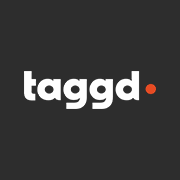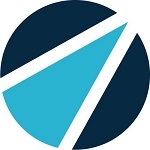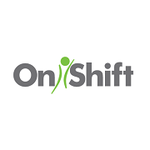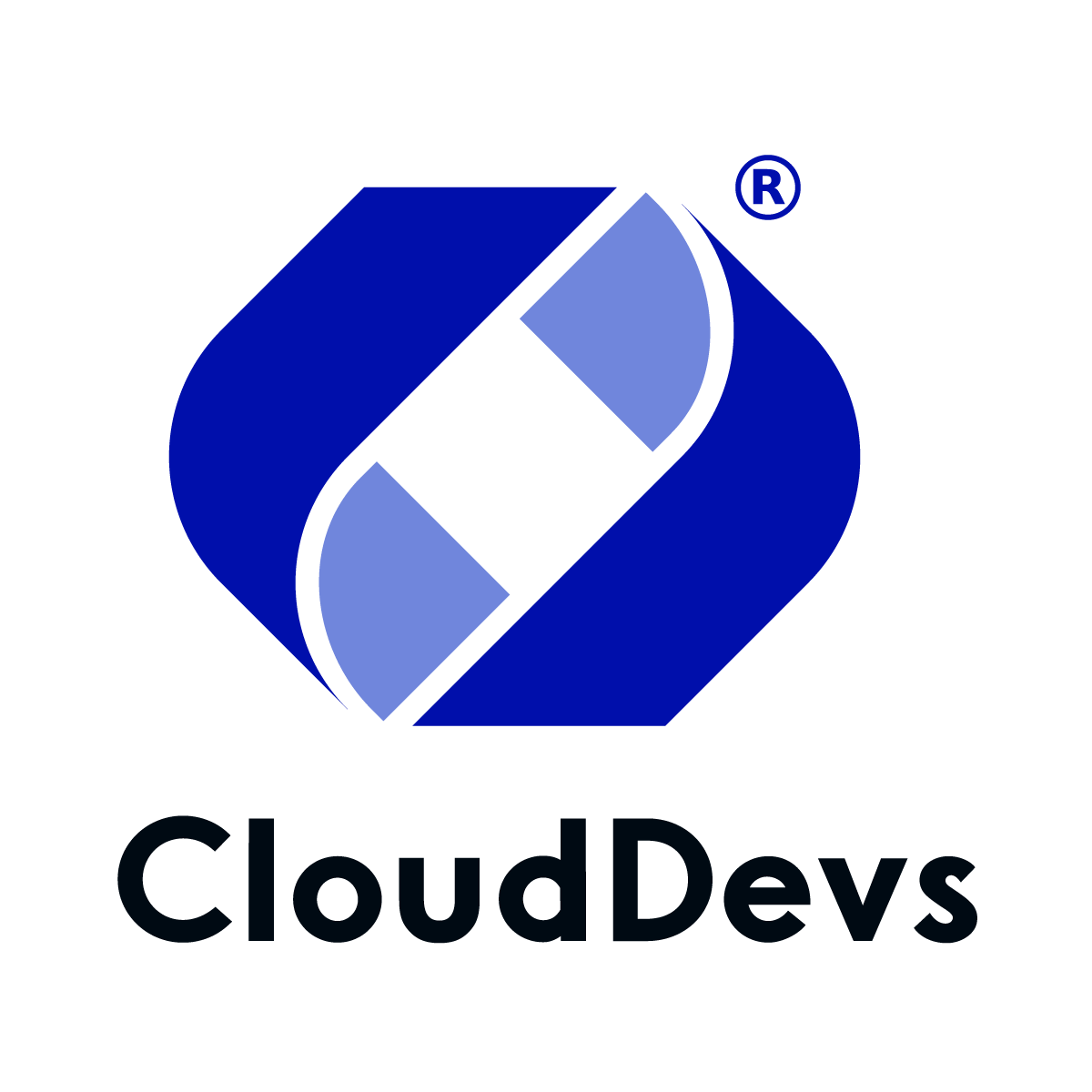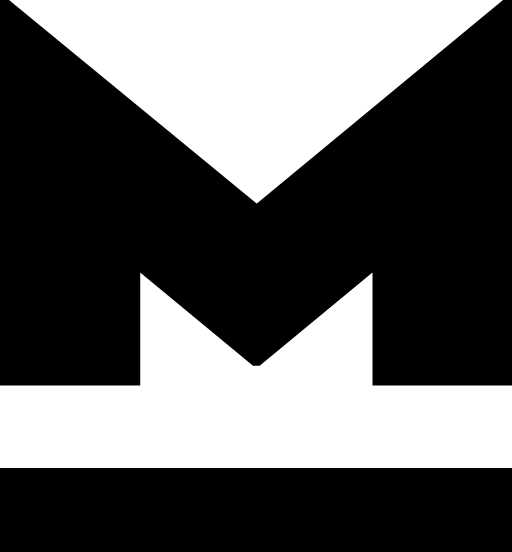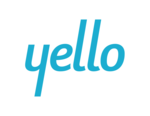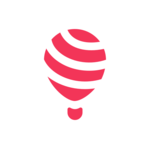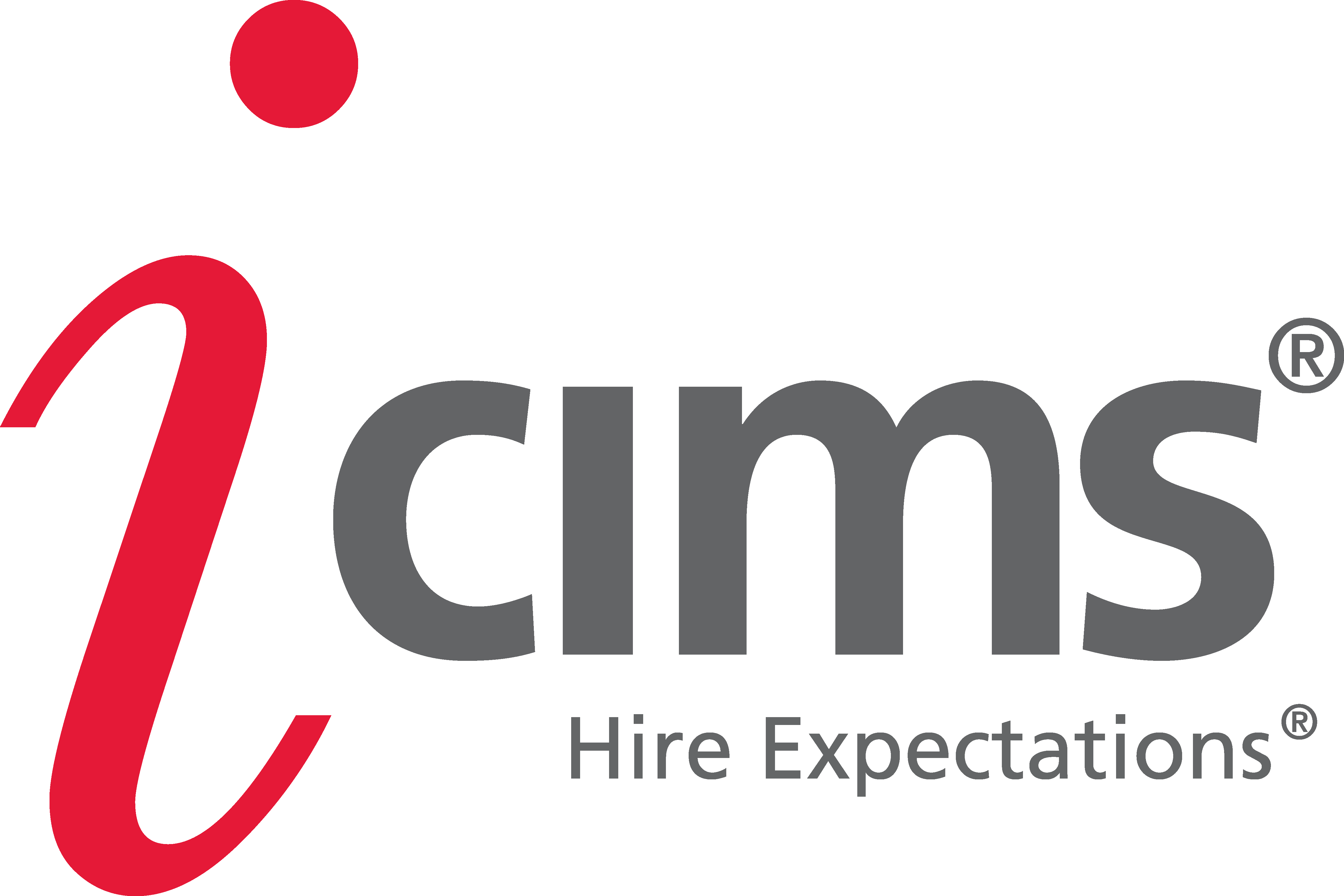What Is Talent Acquisition Software?
Talent Acquisition Software, often known as Recruitment Software or Applicant Tracking System (ATS), is a technology solution that assists businesses in streamlining and optimizing the hiring process. It is an essential tool for HR departments and recruiters since it simplifies their work and allows them to concentrate on finding the finest candidates for the job.
This program automates a variety of recruitment processes, including job listings, resume screening, interview scheduling, and candidate communication. Talent Acquisition Software can also discover the best candidates for a certain post using artificial intelligence and data analytics. This software's key capabilities include resume processing, job posting to several job boards, candidate matching, and onboarding management.
It also has reporting and analytics capabilities, which provide vital insights into the success of the hiring process and the overall performance of the recruitment team. One of the primary advantages of adopting Talent Acquisition Software is the potential to save time and eliminate manual duties. Recruiters may automate monotonous processes while focusing on developing relationships with candidates, resulting in a more efficient and personalized hiring process.
Furthermore, this software assures that the recruitment process is fair and unbiased by eliminating human prejudice and providing equal opportunity to all candidates. It also enhances the candidate experience by ensuring a simple and transparent application procedure. When considering to invest in Talent Acquisition Software, you must examine elements such as your organization's size and demands, integration capabilities, and user-friendliness. With the appropriate tools, you can expedite your recruitment process, attract top personnel, and improve your company's overall success.
What Are The Recent Trends In Talent Acquisition Software?
Talent acquisition software has advanced significantly in recent years, becoming a sophisticated and necessary tool for modern enterprises. As the employment market grows more competitive and the hiring process becomes more complex, businesses are turning to technology to help them acquire talent more efficiently.
Let's explore, we will go over the most recent and noteworthy trends in talent acquisition software, allowing you to make an informed purchase for your firm.
1. AI And Machine Learning (ML): AI and ML have made major advances in the field of talent acquisition. These technologies are used to automate manual operations like resume screening and candidate matching, freeing up recruiters' time to focus on more important responsibilities. AI algorithms can also assist in identifying top-performing individuals and patterns in hiring data, allowing for more effective future recruitment attempts.
2. Data Driven Recruitment: Talent acquisition software now includes comprehensive analytics and reporting features, allowing firms to assess the efficacy of their recruitment tactics. These platforms can provide useful information about the source of successful hires, suggest areas for development, and measure critical metrics like as time-to-hire and cost-per-hire. This data-driven strategy enables firms to make more informed hiring decisions.
3. Virtual Recruiting: With the development of remote work and the ongoing worldwide epidemic, virtual recruiting is more popular than ever. Talent acquisition software now incorporates capabilities such as video interviews, virtual career fairs, and virtual job simulations, allowing firms to reach a larger pool of candidates while conducting the full recruitment process remotely.
4. Inclusive Hiring: Diversity and inclusion have become major concerns for businesses, causing a shift in the talent acquisition environment. Blind resume screening, bias detection, and diversity reporting are among the capabilities available in recruiting software that can assist firms in ensuring a fair and inclusive hiring process.
5. Candidate Relationship Management (CRM): Successful talent acquisition is more than just filling open positions; it is also about developing relationships with potential candidates. CRM capability in talent acquisition software enables firms to build and manage a talent pool of quality candidates, cultivate relationships, and communicate with candidates even when there are no available positions.
Keeping up with the newest innovations in talent acquisition software is critical for firms seeking to remain competitive in the employment market. These solutions can help firms effectively attract, engage, and hire top people by utilizing the power of AI, data analytics, virtual recruiting, and inclusionary hiring.
Benefits Of Using Talent Acquisition Software
personnel acquisition software, often known as applicant tracking systems (ATS), is an effective tool for firms that want to expedite their hiring process and attract top personnel. This program automates and centralizes the many steps of recruiting, including job advertisements, candidate sourcing, interviewing, and onboarding.
Let's explore, we will look at the advantages of adopting talent acquisition software and how it can help your firm.
1. Increased Efficiency And Time Savings: One of the primary advantages of using talent acquisition software is that it improves efficiency and saves time for hiring managers and HR teams. The platform automates manual operations like resume screening, candidate correspondence, and interview scheduling, freeing up recruiters' time for more strategic duties like developing relationships with top candidates. This results in a speedier hiring process, shorter time-to-fill, and allowing firms to secure top personnel before their competitors.
2. Higher-Quality Hires: Talent acquisition software employs complex algorithms and artificial intelligence to discover the best candidates for a given position. Using capabilities like as resume processing and keyword matching, recruiters may swiftly narrow down a vast pool of applicants to the most qualified prospects. This leads to higher-quality hiring while lowering the chance of a disastrous hire, saving companies time and money in the long term.
3. Enhanced Candidate Experience: In today's competitive employment market, providing a favorable candidate experience is critical to attracting and retaining top talent. Talent acquisition software provides applicants with an easy-to-use interface that allows them to apply for positions, track the status of their applications, and receive prompt communication from recruiters. This improves the overall candidate experience and raises the likelihood that a candidate will accept a job offer.
4. Centralized Data And Reporting: Talent acquisition software enables firms to centralize all candidate data, making it easier to track and analyze recruiting KPIs. This information can provide useful insights into the success of recruitment activities, allowing firms to make data-driven decisions to improve their hiring process. Furthermore, the reporting functions in ATS software can generate configurable reports, which provide helpful information to HR teams and assist them in measuring the performance of their recruitment efforts.
5. Cost Savings: Implementing talent acquisition software can lead to significant cost reductions for businesses. Companies that implement a streamlined hiring process can save money on recruitment advertising, agency fees, and administrative expenditures. Additionally, the software's superior screening and filtering capabilities limit the quantity of unqualified applications, saving recruiters time and resources.
Important Factors To Consider While Purchasing Talent Acquisition Software?
When it comes to choosing Talent Acquisition Software, there are a few key elements to consider to guarantee you get the best software for your organization's needs.
Here are some important aspects to keep in mind when making your decision.
1. Determine Your Specific Demands: Before beginning your search for talent acquisition software, you should first understand your organization's specific objectives and goals. This will assist you in determining which features and functionalities are necessary for your organization.
2. Scalability: As your firm expands, so will your recruiting requirements. It is critical to select software that can scale with your organization, allowing you to add and manage multiple job requisitions, candidates, and users without difficulty.
3. User-Friendly Interface: Not only do HR professionals need a user-friendly interface, but so do hiring managers and candidates. Look for software that has an intuitive and easy-to-use interface and can help all parties involved with the recruitment process.
4. Mobile Compatibility: With the rise of remote work and the widespread usage of mobile devices, it's critical to select software that is mobile friendly. Candidates will be able to apply for positions more simply, and hiring managers will be able to access the system from anywhere.
5. Integration With Other Resources: Talent acquisition software should work seamlessly alongside your existing HR solutions, such as application tracking systems and background check providers. This will result in a seamless and efficient recruitment procedure.
6. Analytics And Reporting: Data and analytics are critical for making sound recruiting decisions. Look for software that offers detailed reporting and analytics on important recruitment parameters like time-to-hire and cost-per-hire.
7. Support And Training: A dependable support and training system is critical to the effective adoption and use of any program. Make sure the vendor provides training and continuous support to ensure that your staff gets the most out of the program. 8. Customization options: Each organization has a distinct employment process and criteria. Look for software with customization possibilities to fit the system to your individual requirements.
9. Security And Compliance: With the growing emphasis on data protection, it is critical to select software with strong security mechanisms in place. Furthermore, if your company is in a highly regulated field, be sure that the software conforms with all applicable requirements.
By taking these variables into account, you will be better able to make an informed and strategic decision when selecting talent acquisition software for your firm. Take the time to conduct extensive study and analyze many possibilities to choose the greatest fit for your requirements.
What Are The Key Features To Look For In Talent Acquisition Software?
As a buyer in the market for talent acquisition software, you must determine which features are critical to your organization's recruitment and hiring procedures. With so many options accessible, it might be difficult to make the proper decision.
To make an informed decision, here are the essential elements to look for in talent acquisition software:
1. Applicant Tracking System (ATS): The ATS is the foundation of all talent acquisition software. An applicant tracking system (ATS) enables recruiters to track, manage, and arrange job applications throughout the hiring process. Look for tools like resume parsing, automatic job posting, and candidate communication to help you streamline your recruitment process.
2. Candidate Relationship Management (CRM): Having a thorough CRM module enables recruiters to cultivate relationships with potential candidates through individualized contact, thereby generating a talent pool for future opportunities. Look for tools like candidate segmentation, email campaigns, and social media integration to increase candidate engagement.
3. Mobile-Friendly: In today's digital age, it is critical to have a mobile-friendly recruitment process. Make sure the software you chose includes a mobile app or is compatible with a variety of mobile devices, so prospects may apply for positions while on the go.
4. Customization And Integrations: Each firm has distinct recruitment requirements, and a one-size-fits-all solution may not be appropriate for all. Look for software that has customization choices to match your company's branding and recruitment procedure. Consider the software's ability to interact with other HR systems such as payroll, employee onboarding, and performance management to ensure a consistent flow of information.
5. AI And Automation: Implementing artificial intelligence and automation can dramatically increase the productivity of your recruitment process. Look for tools such as resume screening, chatbots, and automated applicant sourcing to save human labor and save time.
6. Analytics And Reporting: Data is critical for making educated decisions and optimizing recruitment methods. Look for software that includes analytics and reporting features to measure critical metrics such as time to hire, cost per hiring, and source of hire.
7. User-Friendly Interface: Complicated and difficult-to-use software can be time-consuming and irritating for both recruiters and prospects. Look for a user-friendly interface with an intuitive design to ensure a smooth and enjoyable user experience.
Consider these crucial aspects to limit down your selections and select the best talent acquisition software for your firm. Consider your recruitment goals, budget, and scalability while making your final decision. Remember that investing in the correct talent acquisition software can dramatically improve your organization's ability to attract and retain top people.
Why Do Businesses Need Talent Acquisition Software?
In today's competitive job market, identifying and attracting top personnel has become critical to any company's success. With the advancement of technology, traditional recruitment tactics such as job postings and resumes have become obsolete. Here is where Talent Acquisition Software comes into play. Talent Acquisition Software (TAS) optimizes the whole hiring process, from applicant sourcing and assessment to onboarding and retention.
It provides a consolidated platform for recruiters to manage, measure, and analyze their hiring activities, saving time and effort and resulting in a more efficient and productive recruitment process. One of the primary advantages of using TAS is the ability to contact a larger pool of suitable candidates via a variety of channels, including social media, job boards, and employee recommendation programs.
This enables organizations to not only attract but also interact with a wide pool of individuals, boosting the likelihood of finding the greatest fit for the job. Furthermore, TAS uses advanced data analytics and artificial intelligence to evaluate and score candidates based on their abilities, experience, and cultural fit, allowing organizations to make data-driven hiring decisions.
This not only speeds up the recruitment process, but also ensures a higher quality hire, resulting in improved performance and retention rates. TAS also has collaboration elements that allow recruiters to work together in real time, facilitating communication and decision-making. It also automates routine chores like organizing interviews and sending follow-up emails, giving recruiters more time to focus on developing strong relationships with candidates.
How Much Time Is Required To Implement Talent Acquisition Software?
The time required to adopt talent acquisition software varies depending on a number of factors, including your organization's size, the complexity of your hiring process, and the software's capabilities and customization choices. On average, it takes between a few weeks and a few months to fully implement and have the software up and operating.
During the installation process, a dedicated team should be in place to ensure the software's successful adoption. This team should include important stakeholders from the HR, recruiting, and IT departments, as well as a dedicated project manager. The first step in deploying talent acquisition software is to understand your organization's present recruitment process, since this will help you determine which software capabilities and customizations you will require.
This is also a good moment to clean up and arrange your existing candidate data to ensure a smooth transition to the new program. Next, perform software training and onboarding for your team members who will be utilizing the product. This ensures that everyone is familiar with the features and functionalities and can begin utilizing them successfully as soon as they are fully integrated.
Finally, the program will be deployed, which may include data migration, interaction with other HR systems, and customization of procedures. This is where a qualified project manager and software supplier support may help speed up the process significantly.
What Is The Level Of Customization Available In Talent Acquisition Software?
Talent acquisition software provides a wide range of customization possibilities to meet the diverse needs of enterprises. From applicant sourcing and screening to onboarding and retention, these solutions offer a wide range of customizable options. One of the most important characteristics of talent acquisition software is the ability to design customized workflows.
This means that businesses can create their own recruitment procedure, tailored to their specific needs. This personalization makes the hiring process more efficient and productive, saving the organization both time and resources. Furthermore, several talent acquisition software packages provide customisable job posts and career pages. This enables firms to highlight their distinct brand and company culture in order to attract top personnel.
The program also allows for the design of custom application forms and questionnaires, ensuring that employers can collect the essential information from candidates. Furthermore, talent acquisition software enables the customization of communication and collaboration tools. This includes the ability to customize email templates and messages, set bespoke interview dates, and even include video interviews in the process.
Some advanced talent acquisition software also includes the ability to interact with other systems and tools that a firm may use. This opens up even more opportunities for customization and efficiency of the recruitment process. Finally, talent acquisition software offers vast customization options that may be adjusted to the specific demands of every firm. Using these alternatives, businesses may design a personalized and efficient hiring process to attract and retain top people.
Which Industries Can Benefit The Most From Talent Acquisition Software?
Talent acquisition software, often known as recruiting software, has become an indispensable tool for businesses of all sizes and industries. It streamlines the entire hiring process, from job posting to candidate onboarding, saving HR professionals significant time and resources. Certain industries, however, can benefit even more from the usage of talent acquisition tools due to their specific hiring requirements and obstacles.
Here are some industries that can benefit the most from deploying a strong talent acquisition software solution:
1. Technology: The technology industry is recognized for its fast-paced and ever-changing nature, thus a streamlined and effective recruitment process is essential. Talent acquisition software can help IT organizations acquire top talent from all over the world by allowing them to post jobs on different platforms and swiftly evaluate prospects. It also includes aspects like skill and technical evaluations, which are critical for evaluating candidates' ability in the tech area.
2. Healthcare: The increased demand for quality healthcare services has resulted in a shortage of skilled experts in the healthcare industry. Healthcare firms can use talent acquisition tools to reach a broader pool of qualified candidates while saving time and effort on manual recruitment methods. This software may also assure adherence to industry laws and certifications, making it easier for healthcare firms to discover and hire qualified personnel.
3. Retail: In the highly competitive retail industry, hiring the appropriate people with the necessary abilities and expertise is critical to success. Retail organizations may use talent acquisition tools to attract and retain top personnel by providing a favorable candidate experience. It also includes elements such as pre-employment assessments, which can help determine a candidate's suitability for a certain post and prevent employee turnover.
4. Financial Services: The financial services industry is heavily regulated, and hiring for employment in this area necessitates extensive background checks and adherence to industry laws. This procedure can be streamlined with talent acquisition software, which automates background checks and ensures compliance with industry standards. It also includes capabilities such as video interviews, which can save financial institutions time and resources while allowing them to make more informed recruiting decisions.
5. Manufacturing: In recent years, the manufacturing industry has experienced a skilled labor shortage, making talent acquisition a major focus for many firms. Manufacturing businesses can use talent acquisition tools to reach a larger audience and hire people who have the relevant skills and expertise for their particular roles. It also includes features such as job matching, which can help match candidates with the necessary skills and qualifications depending on the job description.
Conclusion
To summarize, selecting the correct talent acquisition software for your firm is critical for streamlining and optimizing the hiring process. Before making a decision, you should properly examine your company's objectives and goals, investigate the various software options available, and weigh variables like cost, functionality, and compatibility.
Consider the exact features that are most important to your firm, such as applicant tracking, candidate screening, or onboarding, and prioritize them while comparing software options. Seeking comments from current users and reading reviews can also provide useful insights on the software's performance and usability. With the appropriate talent acquisition software, your business can recruit top people, expedite the hiring process, and ultimately drive development and success.

